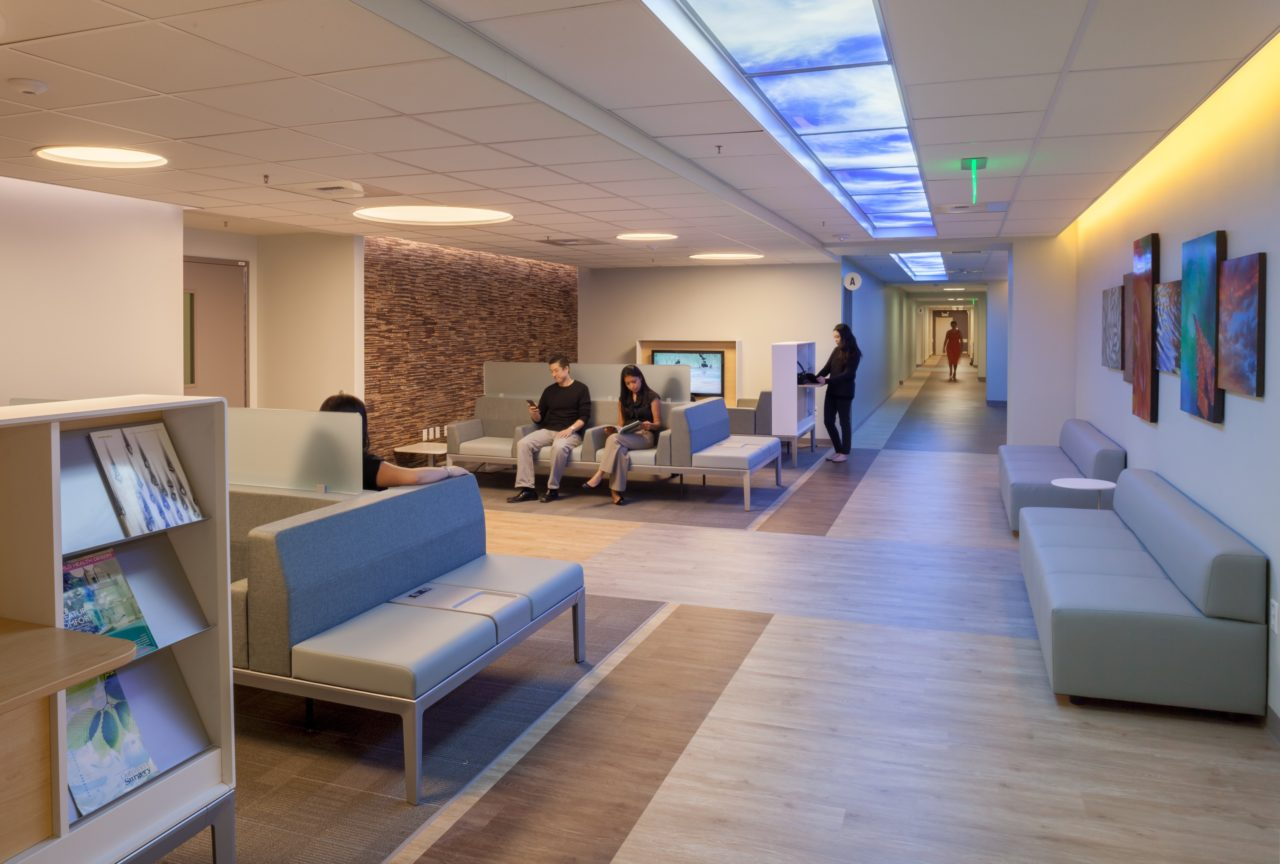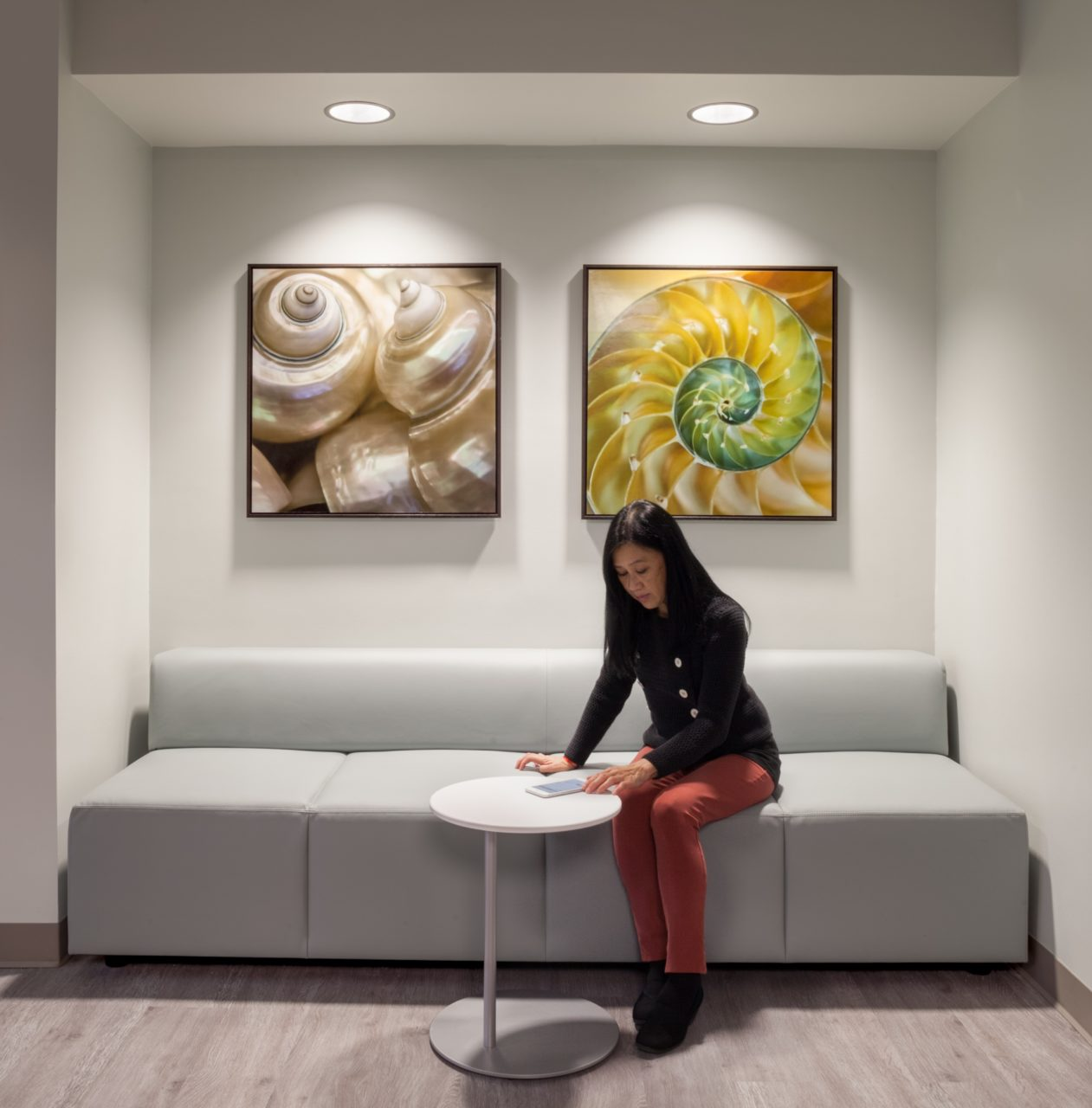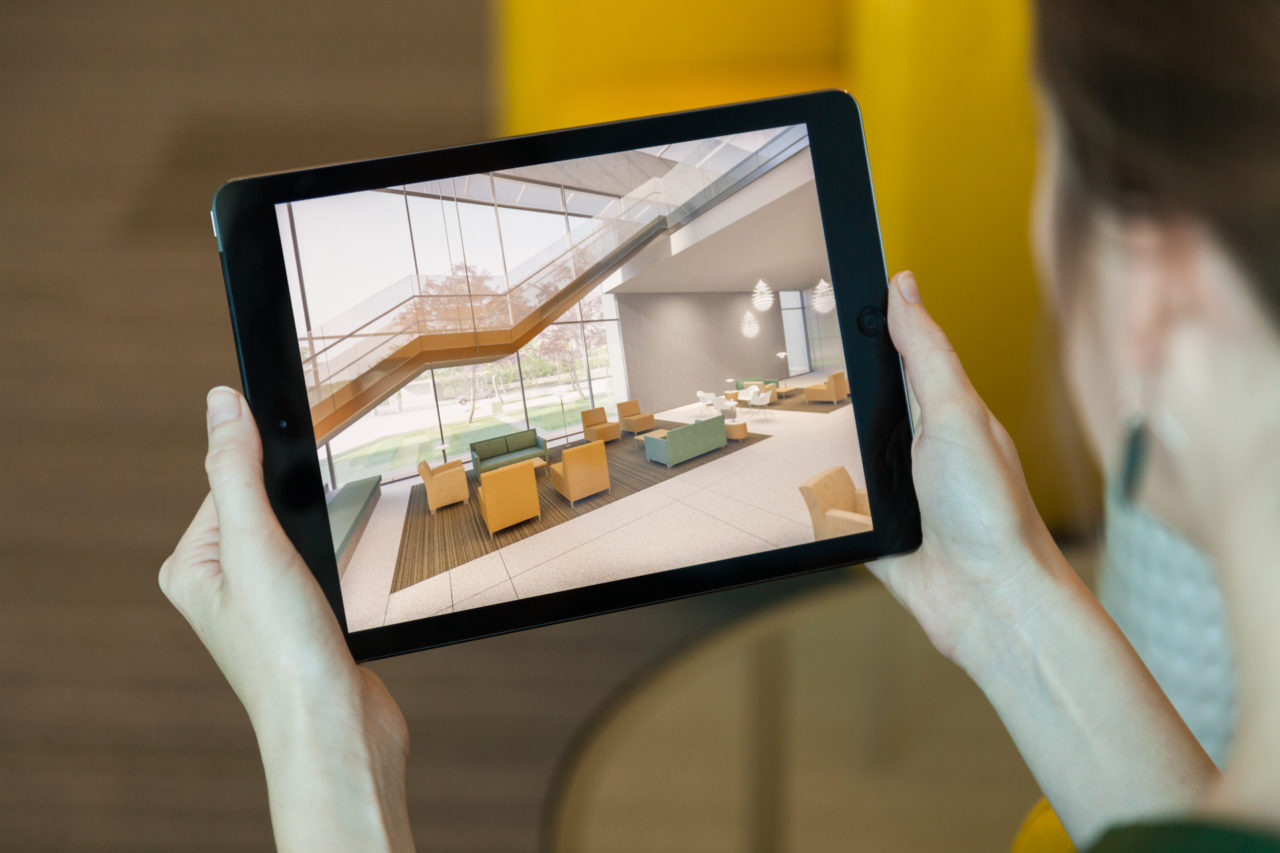Architectural lighting design can greatly impact the inhabitant’s well-being. When you walk into a room that’s filled with natural daylight, you are positively affected in both psychological and physiological ways. However, lighting choices can also negatively impact an individual’s perception of space. Depending on the function of the space, inappropriate lighting design can inhibit performance and negatively impact one’s perception of space.
This is why architects today have a responsibility to think carefully about their lighting design choices. Taking into account light temperature, location, and light level can have a significant impact on the building’s environment, functionality, and energy efficiency. When architects consider all of these factors, they not only design buildings to be more practical, but they also help occupants and visitors connect with the architectural environment on a deeper, more visceral level.
What Does Successful Architectural Lighting Design Embody?
The purpose of any standard lighting design is to provide adequate visibility for movement and enable required functions within the space. However, effective architectural lighting design does more than this. Experienced lighting designers also take into account more nuanced factors like:
- The multitude of tasks and functions required by inhabitants to perform at a high level.
- The need for lighting levels that support 24 hours of use.
- The psychological impact of the lighting design.
- Key design elements (such as feature walls or custom artwork) that architects want to enhance.
- The use of daylighting to support lighting requirements and enhance quality of the environment.
- The use of motion and daylighting sensors to provide smart use of energy.
- The consideration of human circadian rhythm within specific spaces that allow for enhanced physical and psychological outcomes.
To design the best lighting systems, designers focus on three lighting design principles:
- Function: First and foremost, a room must be adequately lit for all occupants to navigate it safely. The functions of the space need to be considered such that the light supports its intended use.
- Aesthetics: While function is the most important aspect of lighting design, aesthetics also matter. Experienced designers know how to maximize the psychological and physical l impact of a space without disrupting the functionality. The impact of lighting and the use of daylighting are foremost in the development of great architecture.
- Energy Efficiency: Today’s architects have a responsibility to design sustainable lighting systems. This includes using energy-efficient lighting options possible as well as letting in more natural daylight utilizing passive daylighting systems.
Every building requires a slightly different architectural lighting design approach to meet these three needs. Thinking strategically about a lighting design approach at the early stages of design allows for the study of options which will be important for the success of each individual project.
 How Strategic Lighting Design Can Transform Space
How Strategic Lighting Design Can Transform Space
The best architectural lighting design solutions come from thoroughly understanding a client’s goals. This understanding gives architects and lighting designers a baseline for lighting design that covers the essential functions of each space. From there, they use various methods to visualize space and study energy-efficiency.
Functional Lighting Strategies
Three of the most common types of lighting are:
- Task lighting: A direct light source that improves visibility in a localized area. This is commonly utilized at workstations as it provides additional and focused lighting on the work surface where ambient lighting may not reach. Use of task lighting also reduces eye strain and may assist those with vision challenges. Spaces that are meant for focused reading also benefit from this light source.
- Ambient lighting: Sometimes known as general lighting, this is the main source of lighting in a space. Ambient lighting softens shadows and glare. Basic lighting design often stops here although the best approach utilizes this light source as just one of the lighting layers in a space.
- Flood lighting: A broad-beamed, high-intensity light that performs a similar function to task lighting, but on a much larger scale. This is often used for outdoor spaces to improve visibility at night. In addition to exterior “flood” lighting,interior flood wash or focused lighting can highlight items within a space that require more pronounced light intensity.
Aesthetic Lighting Strategies
Dynamic environments don’t stop with ambient lighting but incorporate a variety of light sources and daylighting. These various strategies include:
- Wall washers: The best way to showcase environmental graphics, signage or art is achieved by washing the wall with a focused light source.
- Pendant lights: These are often located over a reception counter or a conference table as well as featured areas within a space. They offer distinction and variety. Linear pendant lighting is also commonly used in instructional spaces and workplace design as the direct/indirect light source enhances light distribution.
- Rope Lighting: Designers use rope lighting to accentuate architectural design features. Highlighting a ceiling cove or a base at a reception desk can be achieved with this light source.
- Backlighting: Often times designers emphasize art, graphics, and signage employing backlighting. This light source is invisible to the eye yet it illuminates light from behind these architectural specialties.
- Color temperature: The light temperature within a space can impact emotions as well as behavior. Warm colors can be calming while cool colors can promote focus. Yellow or red-colored light is often the choice for spaces where people want to relax, like residence halls on college campuses. Blue or white-colored light is typically used in offices and classrooms to help occupants stay alert. Architects often use color temperature to express design concept variations or brand ethos.
- Intensity: The intensity of light can also impact occupants. Light that is too bright causes unpleasant glare. Likewise, light that is too dim causes eye strain. Light sources that produce more diffused light reduce glare without compromising visibility. Light sources that produce a glare or shadows should be used sparingly and only in areas that need additional light.
Energy-Efficient Lighting Strategies
No matter which type of lighting strategies architects utilize, striving to make these systems as energy-efficient as possible should be part of the goal. Lighting designers often utilize:
- Harvesting natural daylighting to supplement required ambient lighting (this also has many health benefits for occupants).
- Skylights, light shelves, and solar-tracking mirrors allow for additional ways to infuse daylighting into space.
- Adjustable window coverings help to reduce glare and keep the building cool in the summer and warm in the winter.
- Energy-efficient bulbs such as LEDs.
- Automatic lighting systems and motion sensors that dim or increase in intensity depending on the amount of natural daylighting at any given time or whether the space is currently occupied.
Although there are many common strategies to light space, experienced lighting designers consider what matters most to their clients and deliver lighting systems that achieve these goals. They must work closely with the entire project team to implement strategies that effectively address functional, aesthetic and sustainable criteria. It’s a complex process that requires a deep knowledge of lighting design and the most advanced design tools.
 Technology Drives New Lighting Innovations
Technology Drives New Lighting Innovations
Advances in light modeling technology allow for prediction of light performance. Using a variety of computational systems and 3D modeling tools architects can study light within space like never before. Realistic lighting simulators show architects what an environment will look like under various design applications. These systems allow designers to realistically study how light interacts with other objects within each space. Modeling systems that simulate the sun rising and setting allow architects to see how their lighting systems operate at various times of the day or season.
Once architects finish modeling the lighting design, they can use virtual reality (VR) technology to test how the lighting appears from a first-person perspective. This makes it easier to spot possible flaws in the lighting system and verify that visitors will experience the space exactly as the architect envisioned.
With the best technology at their fingertips, designers now have more freedom to design lighting systems that address functional goals as well as sustainable strategies. They can create spaces that elicit positive emotional responses and overall occupant well-being.



